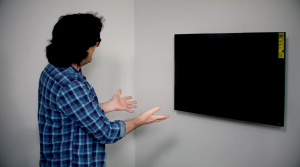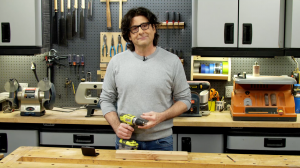Installing a Home Generator for Emergency Power
A Backup Power Source will Keep Life Running Smoothly
If you are the victim of regular power outages you know the frustration that can accompany a few hours, or even days, without electricity. Aside from the inconvenience, it can also be expensive as freezers defrost and food starts to spoil. While a portable generator can help you shed some light on the subject during an outage, a backup, or emergency power system can keep your home running the way it should. With a variety of fuel sources available, the perfect model for your home isn't far away.
NOTE: The generator installed in this video is manufactured by Generac. To get a general idea of cost, check out this dealer site for prices on Generac and other brands. Installation is additional and will vary depending on locale and individual dealer practices.
Read More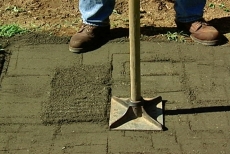
Set the Unit in Place
You will need to ensure that you have a stable and level surface where you can place the unit. The area will need to be about 15 square feet. In this case, they are removing the sod, and then compacting the soil underneath. Once the soil has been compacted, stone dust is poured over the area and tamped to create the level, solid, surface. The unit can be slid into place using a pipes or some other sturdy cylinder as rollers.
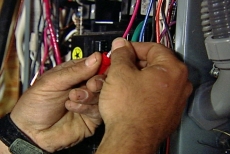
Hook up the Transfer Switch
The transfer switch is the mechanism that tells your generator that the power has gone out, and that it needs to turn on. An electrician wires this switch into the most important circuits in your breaker box, (in this case twelve of them) to ensure that your kitchen, bedrooms, and whatever else you may deem necessary to keep running when the power from the electric company goes out.
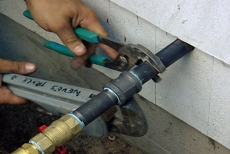
Install the Fuel Source
For this installation, the fuel source will be natural gas, which is piped right out of the house. Using natural gas for this application is convenient because it doesn't require any additional space for fuel storage. A plumber can install the few basic pipes needed to run the gas line from your houses natural gas source to the unit.
Blog Articles
Expert Tips: How to Mount a TV on the Wall
Get step-by-step instructions on how to mount a TV on the wall, especially for big screen TVs. Master the art of wall mounting with our tips.
Frustrated by Stripped Screws? Here’s How to Get Them Out Fast
We've all been there. You're in the middle of a project, and suddenly your screwdriver spins uselessly in the screw head. The screw is stripped, and frustration sets in. With a little know-how and this simple trick, you can tackle a stripped screw and get your project back on track.
The Secret to Finishing Plywood Edges
Plywood projects are fantastic, but exposed edges can be an eyesore. This blog post unveils the magic of edge banding - a simple technique to create flawless, finished edges on your plywood projects, making them look professional and ready for paint or stain. Watch the video to learn how to apply edge banding like a pro!
